Japan’s cultural tapestry extends far beyond the neon-lit streets of its capital city. While Tokyo undeniably offers incredible experiences, the heart and soul of Japan often reveal themselves in quieter corners of the country.
From ancient temples nestled in misty mountains to pristine beaches with crystal-clear waters, Japan’s diversity provides endless opportunities for exploration. Many travelers limit their Japanese adventure to Tokyo, missing out on the country’s remarkable regional diversity.
Here is a list of exceptional Japanese destinations worth exploring when you’re looking beyond the capital.
Kyoto
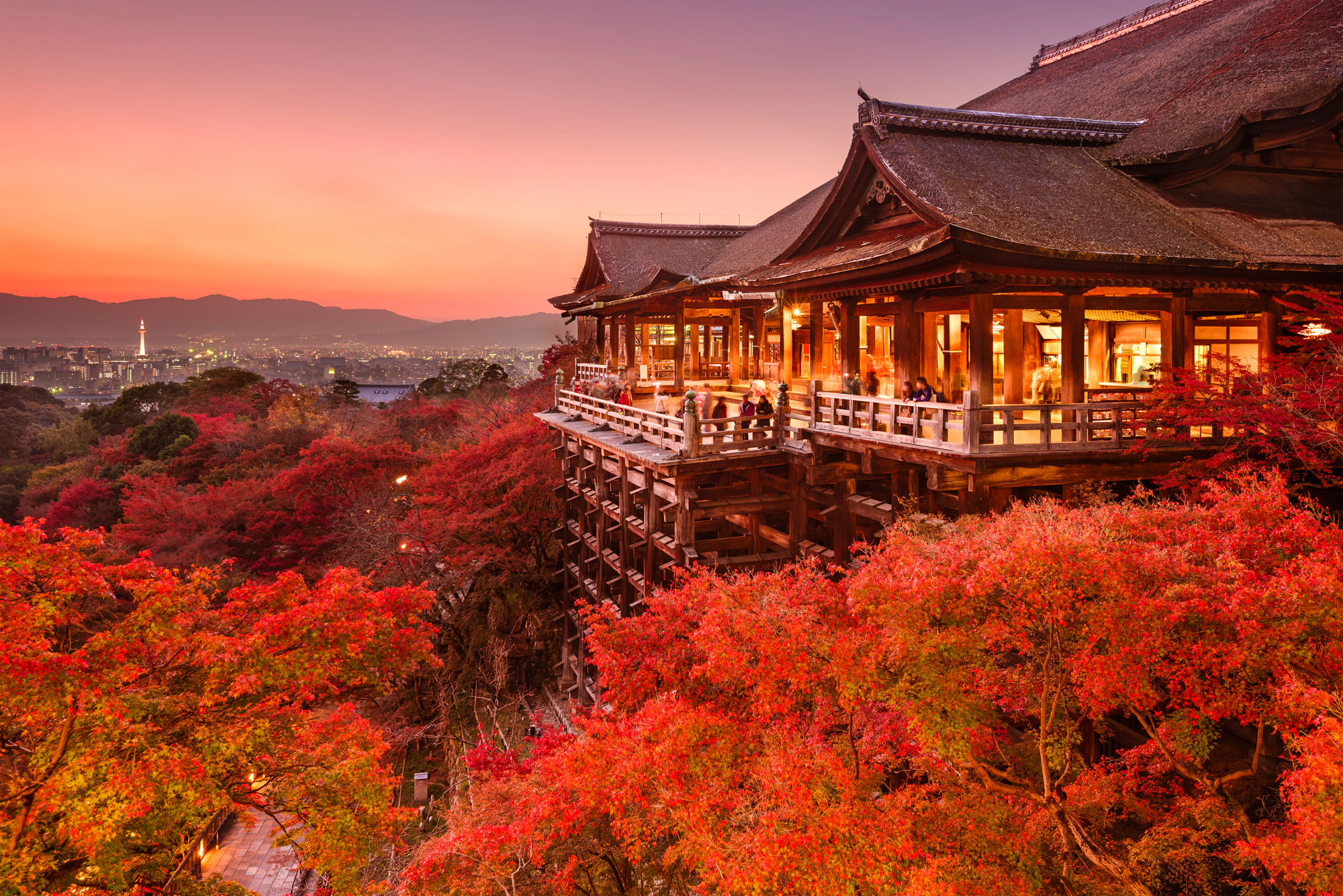
The former imperial capital preserves Japan’s cultural heritage through its more than 1,600 Buddhist temples and 400 Shinto shrines. Walking through the bamboo groves of Arashiyama or witnessing the golden reflection of Kinkaku-ji (Golden Pavilion) offers a glimpse into Japan’s artistic and spiritual traditions.
The city maintains a perfect balance between preserved history and modern convenience, making it accessible while still feeling centuries removed from Tokyo’s modernity.
Osaka
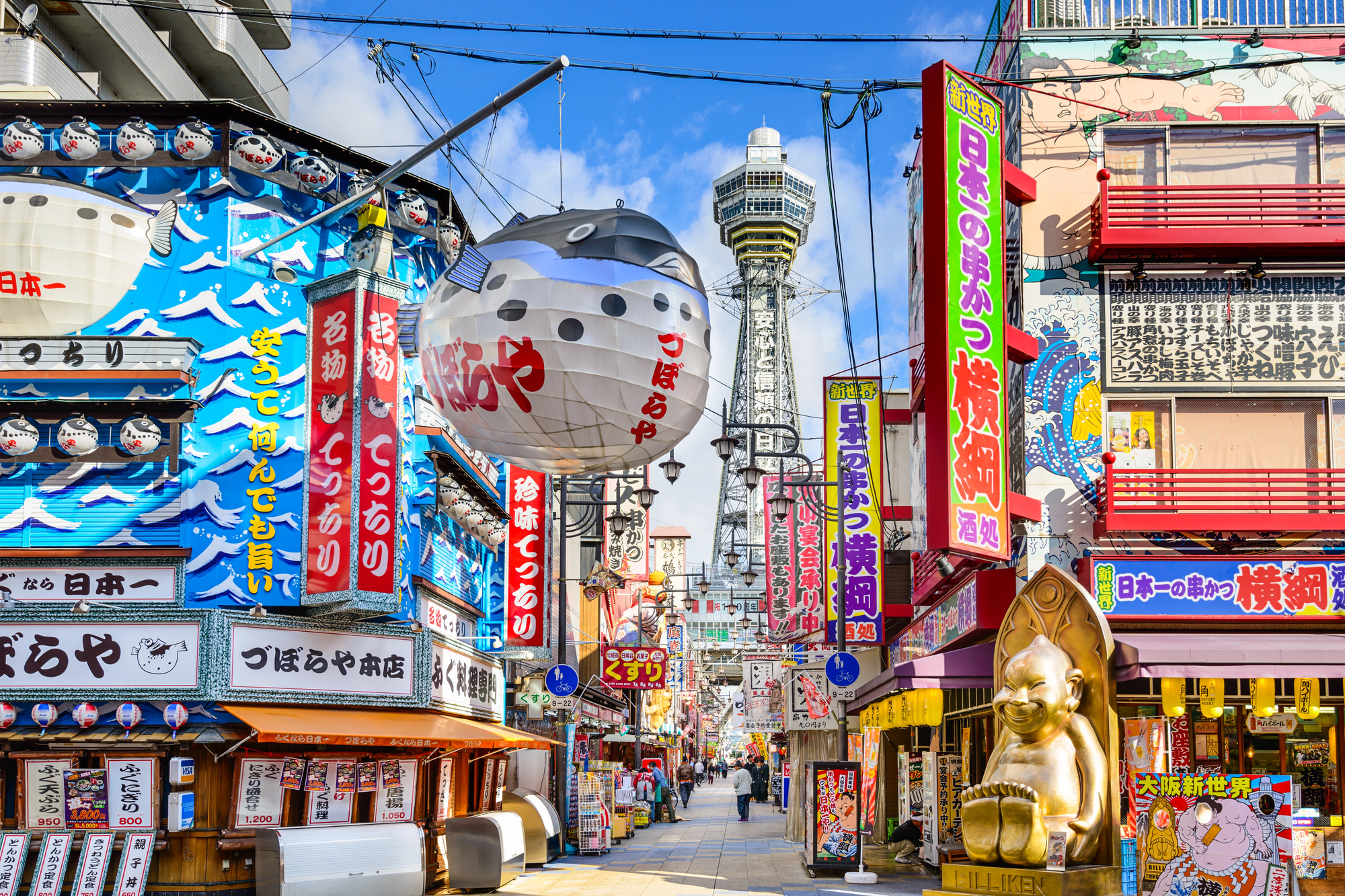
Known as ‘Japan’s kitchen,’ this merchant city embraces a food-focused culture with a distinctive local character. Locals pride themselves on being more outgoing and humorous than their Tokyo counterparts, creating a lively atmosphere particularly evident in the Dotonbori district with its iconic food stalls and neon signs.
The castle sits majestically at the city center, surrounded by modern buildings in a perfect representation of Japan’s ability to blend old and new.
Hiroshima
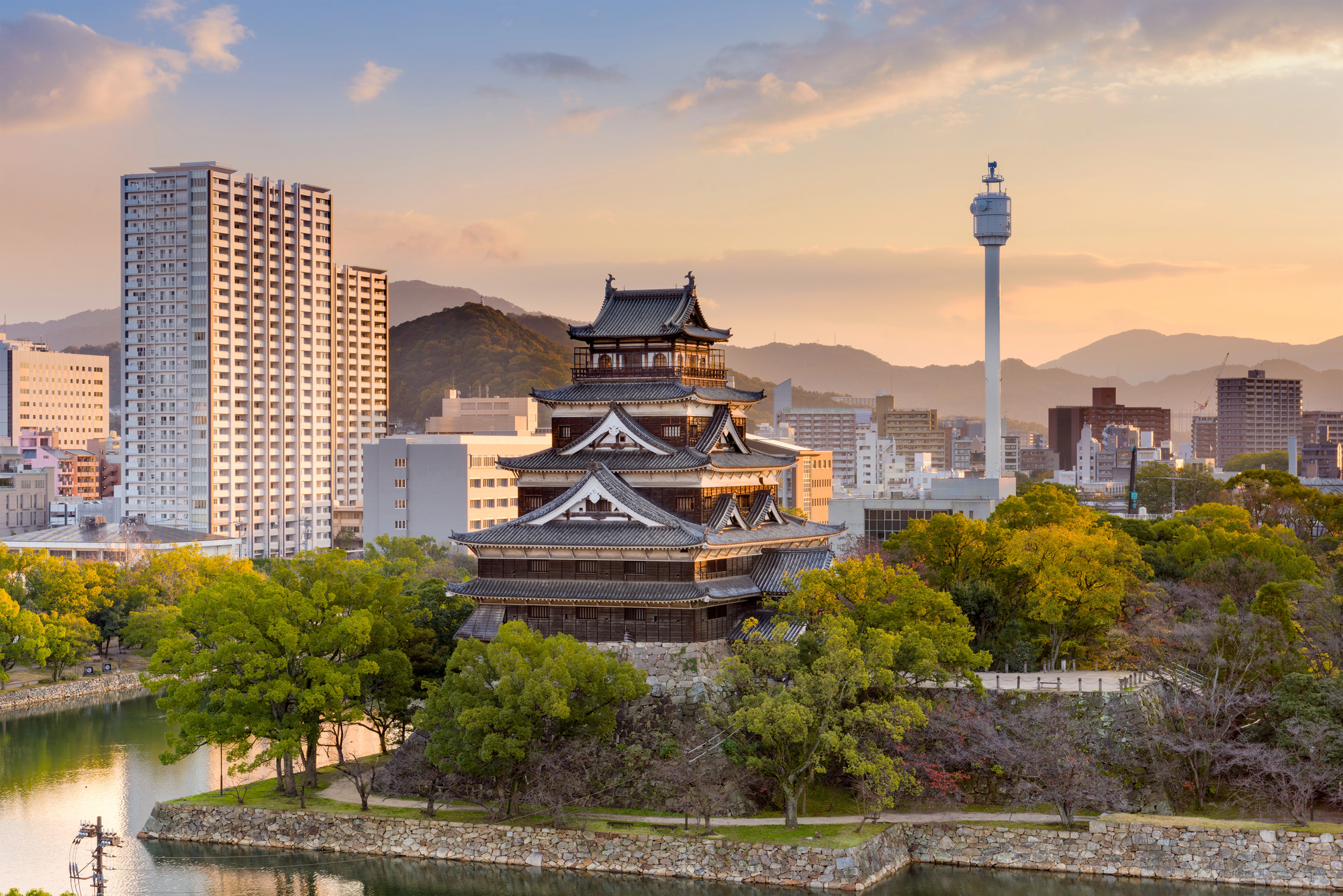
This resilient city has transformed from atomic devastation into a powerful symbol of peace and human perseverance. The Peace Memorial Park and Museum provide a sobering but essential perspective on history, while the reconstructed castle and vibrant downtown area showcase the city’s remarkable rebirth.
Just offshore lies Miyajima Island with its famous ‘floating’ torii gate—one of Japan’s most photographed sites that appears to hover above water during high tide.
Like Travel Pug’s content? Follow us on MSN.
Hokkaido
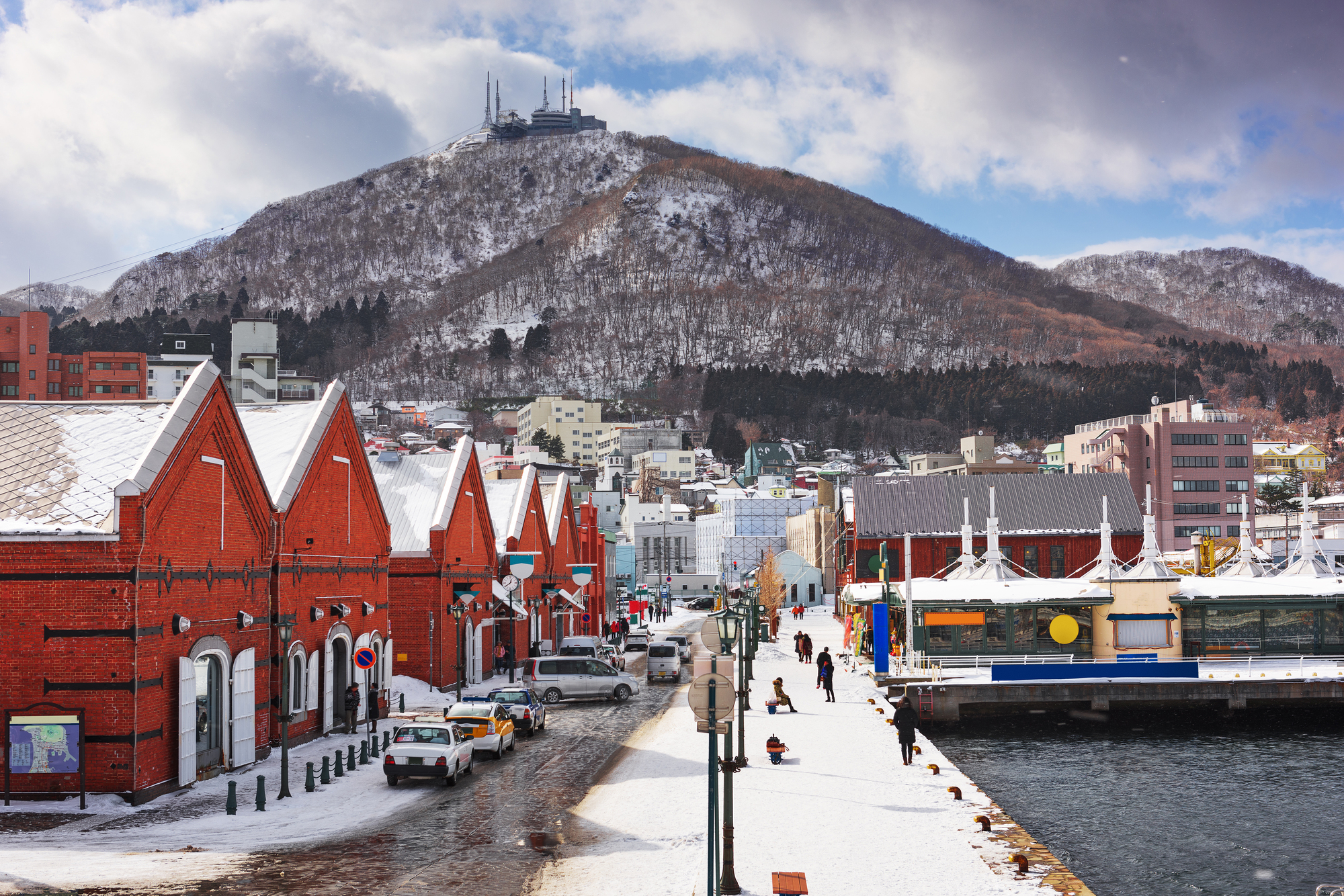
Japan’s northernmost main island offers wilderness experiences completely different from the country’s urban centers. The perfect powder snow makes Niseko a world-class ski destination in winter, while summer brings wildflower blooms across rolling meadows and opportunities for hiking through pristine national parks.
The island’s seafood—particularly crab, uni (sea urchin), and scallops—represents some of the freshest and most delicious in all of Japan.
Okinawa
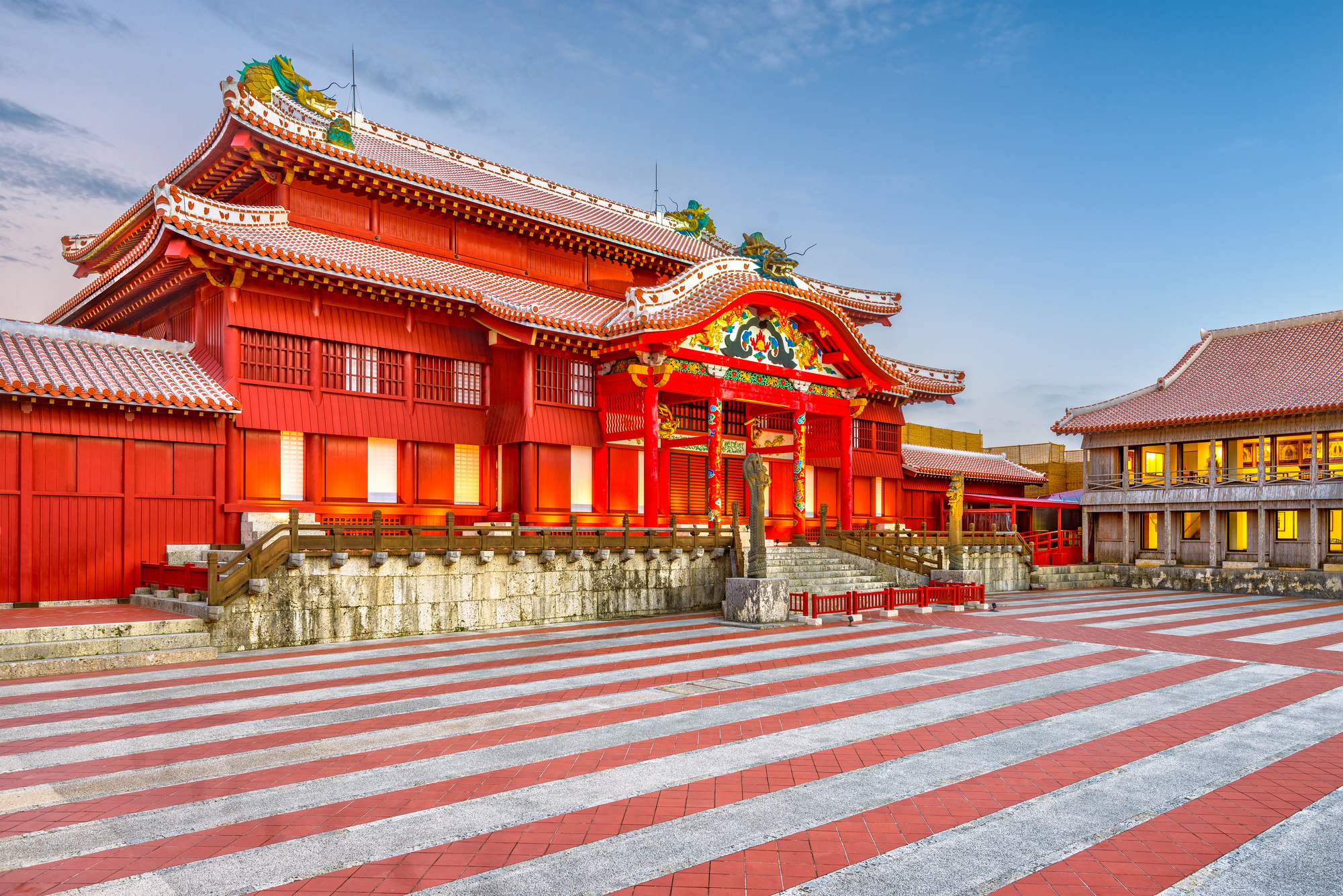
These subtropical islands provide a distinct cultural experience shaped by their independent history as the Ryukyu Kingdom before becoming part of Japan. The turquoise waters and white sand beaches rival those of more famous tropical destinations, while the local cuisine incorporates unique ingredients thought to contribute to Okinawans’ legendary longevity.
The slow pace of life and distinct dialect reflect the islands’ geographic and cultural separation from mainland Japan.
Takayama
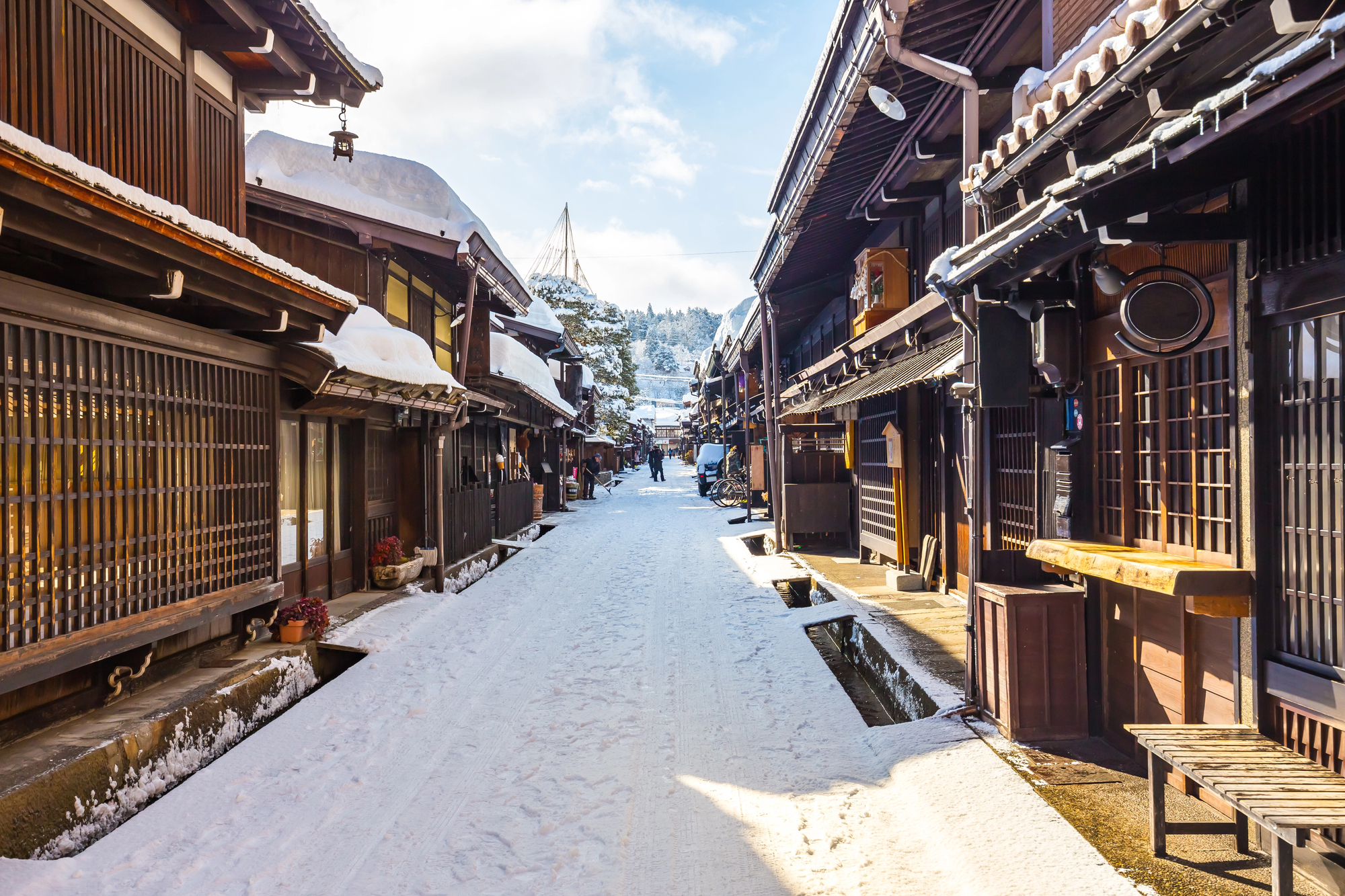
This well-preserved Edo-period town in the Japanese Alps transports visitors back several centuries with its wooden merchant houses and morning markets. The surrounding mountains provide a dramatic backdrop to traditional festivals featuring elaborately decorated floats that have continued largely unchanged for over 300 years.
The region produces some of Japan’s finest sake, with many breweries offering tastings in buildings that have housed the same family businesses for generations.
Like Travel Pug’s content? Follow us on MSN.
Naoshima

This small island in the Seto Inland Sea has transformed from a sleepy fishing community into an international art destination. World-class contemporary museums designed by renowned architect Tadao Ando house permanent installations by artists like James Turrell and Claude Monet.
Art pieces integrate perfectly with the natural environment, creating experiences that change with the seasons and time of day.
Kanazawa
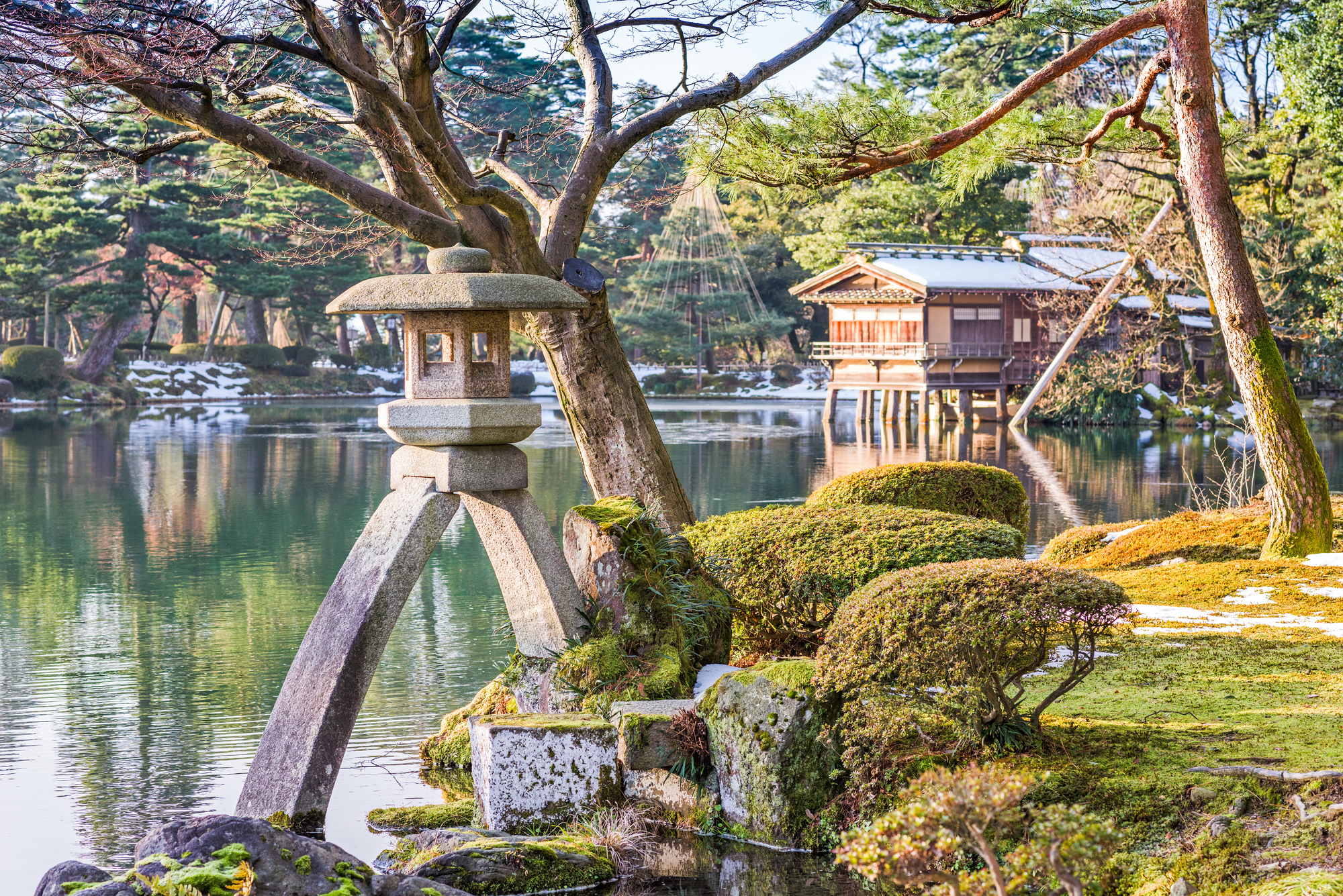
Often called ‘Little Kyoto,’ this coastal city escaped the bombing of World War II, preserving one of Japan’s most beautiful traditional districts. Kenrokuen Garden ranks among Japan’s three most perfect landscape gardens, demonstrating principles of balance and harmony through meticulously placed rocks, water features, and seasonal plantings.
The city’s gold leaf production accounts for over 99% of Japan’s output, making gilded souvenirs and even gold-flecked ice cream popular local specialties.
Mount Koya
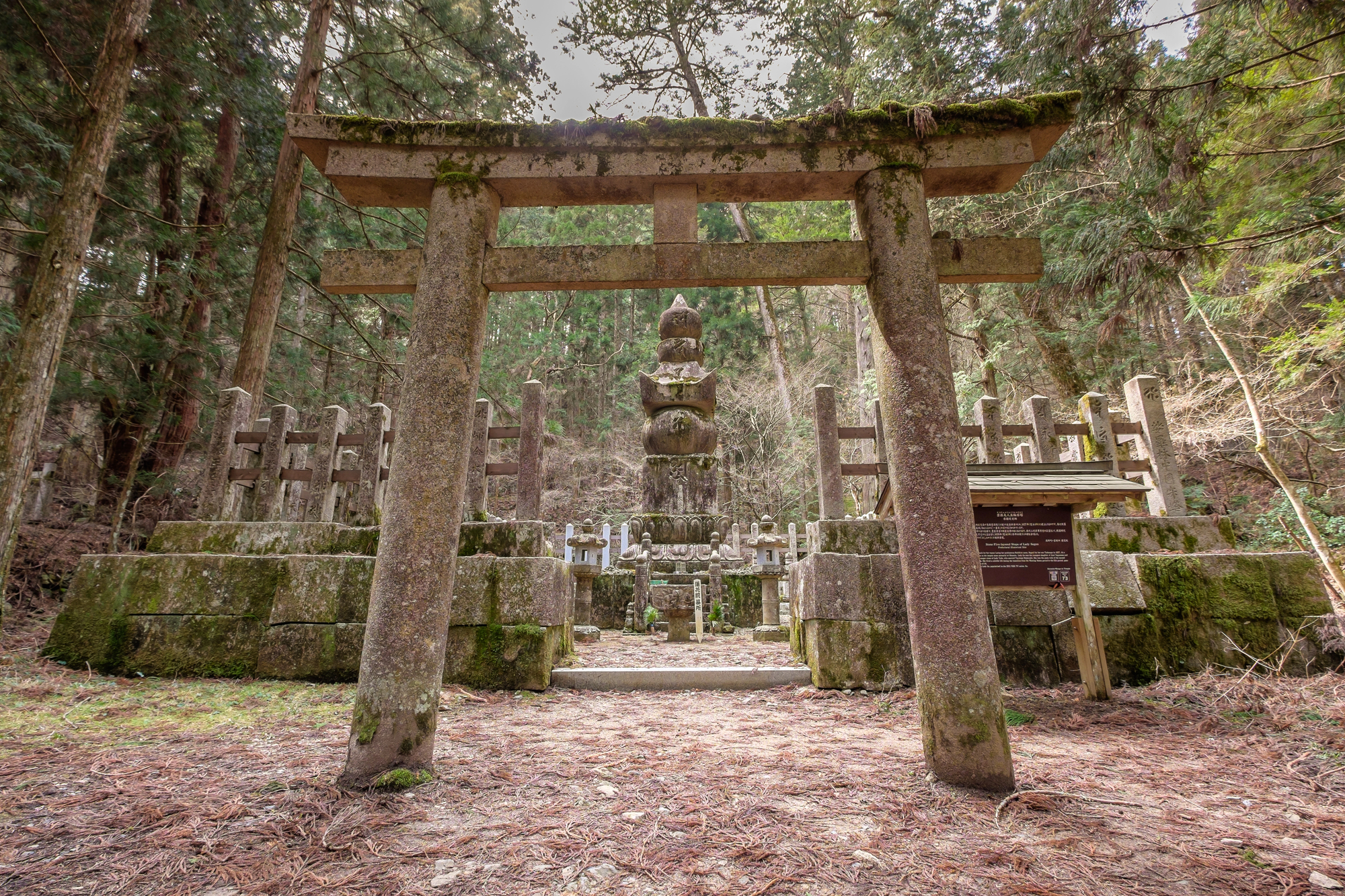
This sacred Buddhist mountain hosts over 100 temples clustered around the headquarters of the Shingon sect. Many temples offer overnight stays (shukubo) where visitors can participate in morning prayers and enjoy vegetarian monk’s cuisine prepared according to ancient traditions. The atmospheric Okunoin cemetery contains over 200,000 monuments stretching through an ancient forest, creating one of Japan’s most spiritually moving environments.
Like Travel Pug’s content? Follow us on MSN.
Nikko
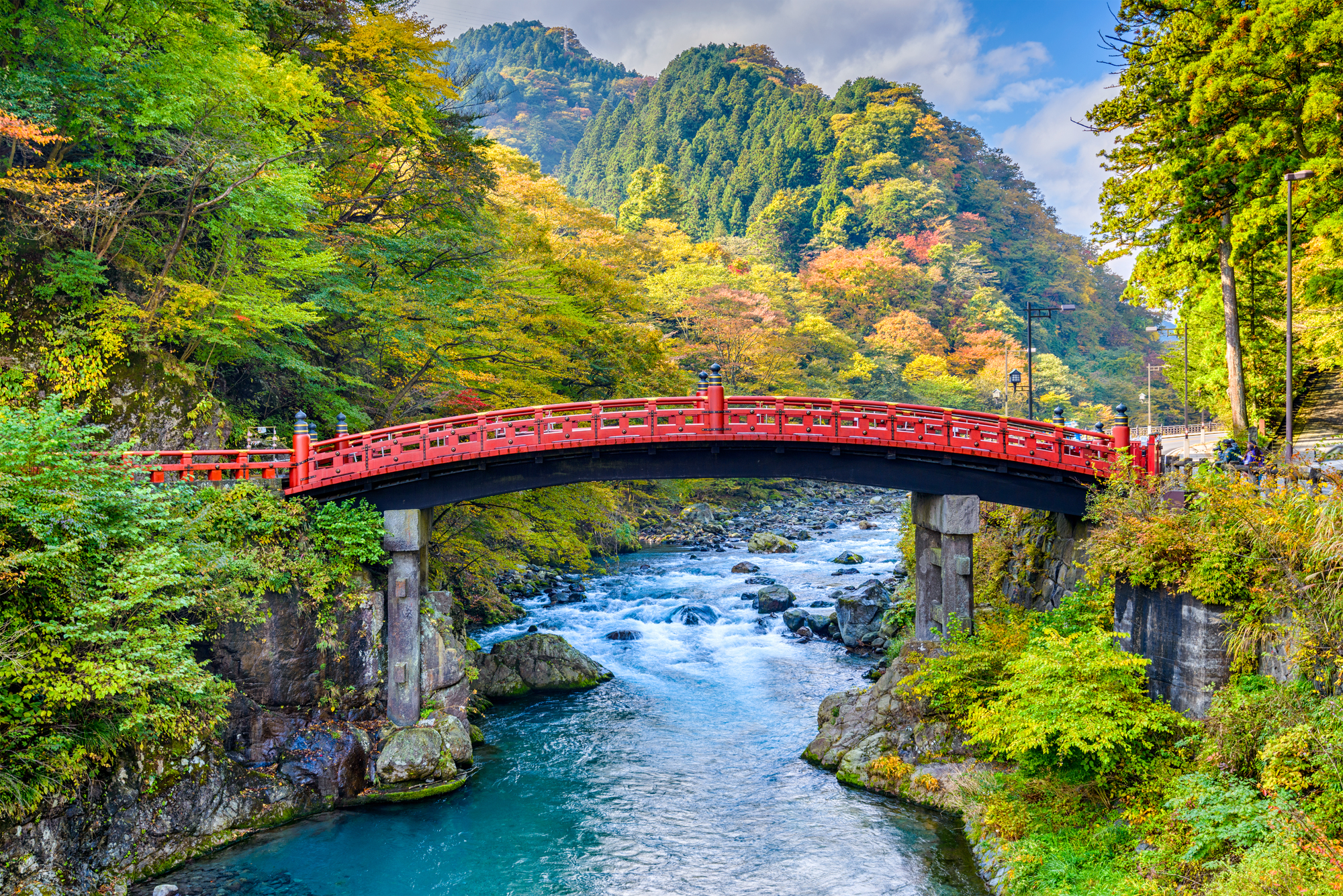
Just 90 miles north of Tokyo lies this UNESCO World Heritage site featuring Japan’s most lavishly decorated shrine complex. The mausoleum of Tokugawa Ieyasu—founder of the shogunate that ruled Japan for over 250 years—represents the pinnacle of Japanese decorative art with its thousands of intricate carvings painted in vibrant colors.
The surrounding national park offers hiking trails past waterfalls and through forests that burst into spectacular autumn colors each fall.
Kamakura
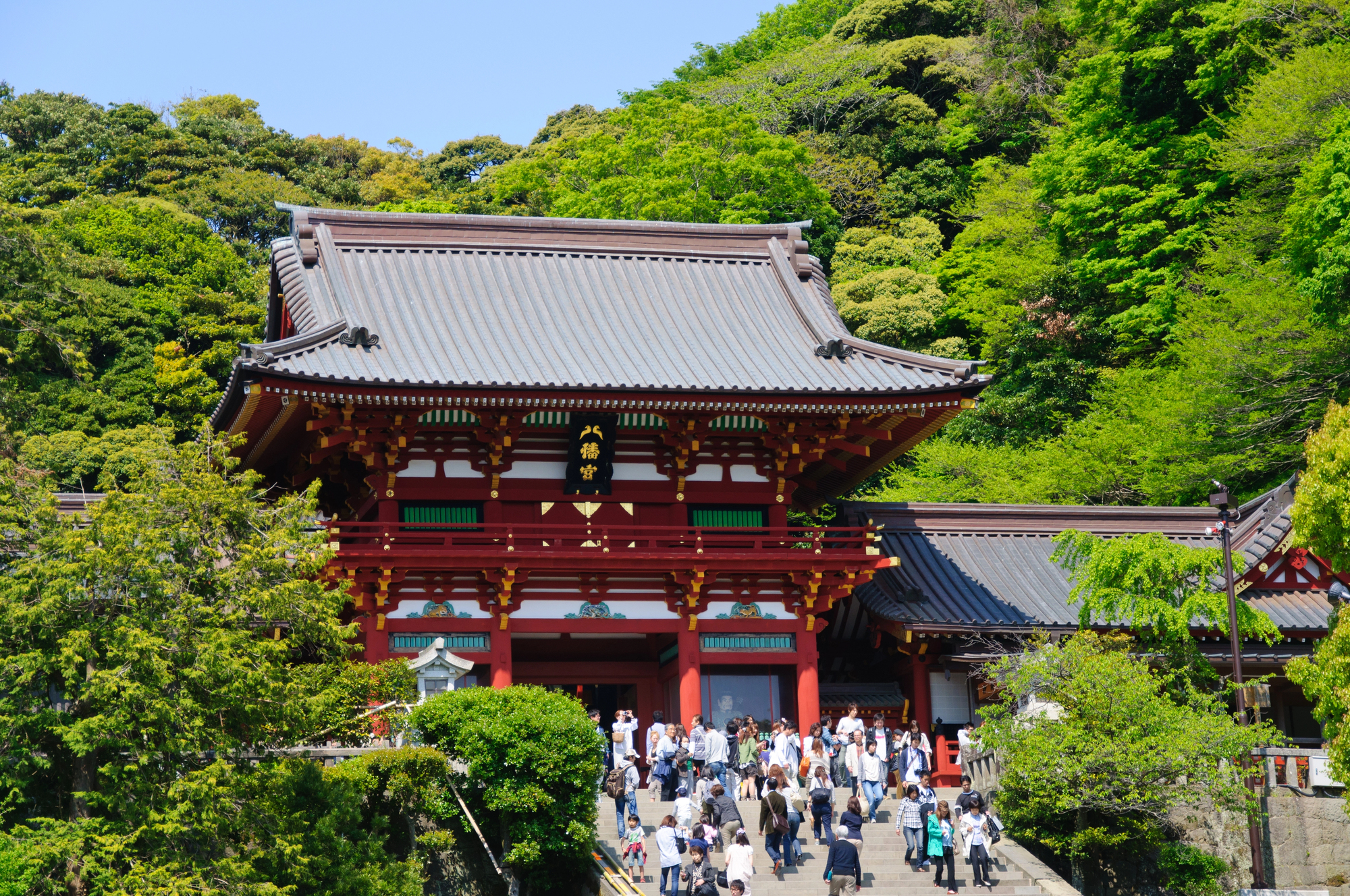
This seaside town served as Japan’s political capital during the 12th century and maintains numerous important temples and shrines from that era. The Great Buddha (Daibutsu), a 44-foot bronze statue that has survived tsunamis and earthquakes since 1252, sits serenely under the open sky after its temple buildings washed away centuries ago.
The city’s hiking trails connect major temples through bamboo forests and provide occasional ocean views, creating perfect day-trip opportunities.
Hakone

This mountainous hot spring resort area has provided relaxation for centuries with its therapeutic mineral waters and views of Mount Fuji across Lake Ashi. The Open Air Museum combines stunning outdoor sculptures with natural beauty, while a unique transport network including funicular railways, cable cars, and a pirate ship helps visitors navigate the volcanic terrain.
The region’s ryokan (traditional inns) offer the quintessential Japanese hospitality experience with tatami rooms, kaiseki meals, and private hot spring baths.
Like Travel Pug’s content? Follow us on MSN.
Nara
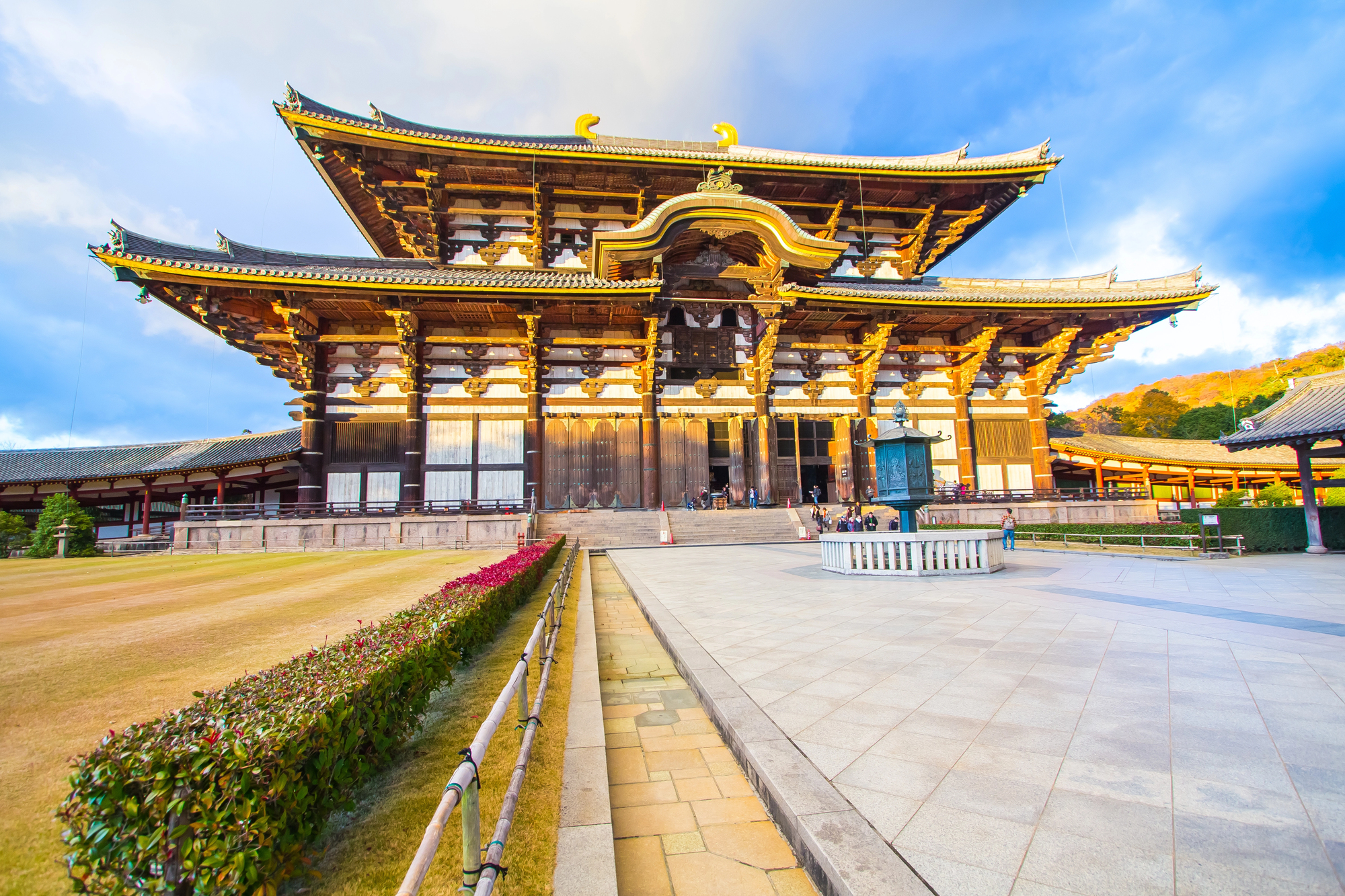
Japan’s first permanent capital contains the world’s largest wooden building housing an enormous bronze Buddha statue dating from 752 CE. Friendly sacred deer roam freely through Nara Park, bowing to visitors in exchange for special crackers sold by local vendors.
The city’s compact historic center makes it possible to experience several UNESCO World Heritage sites in a single day, including some of Japan’s oldest surviving temples containing national treasures.
Ise
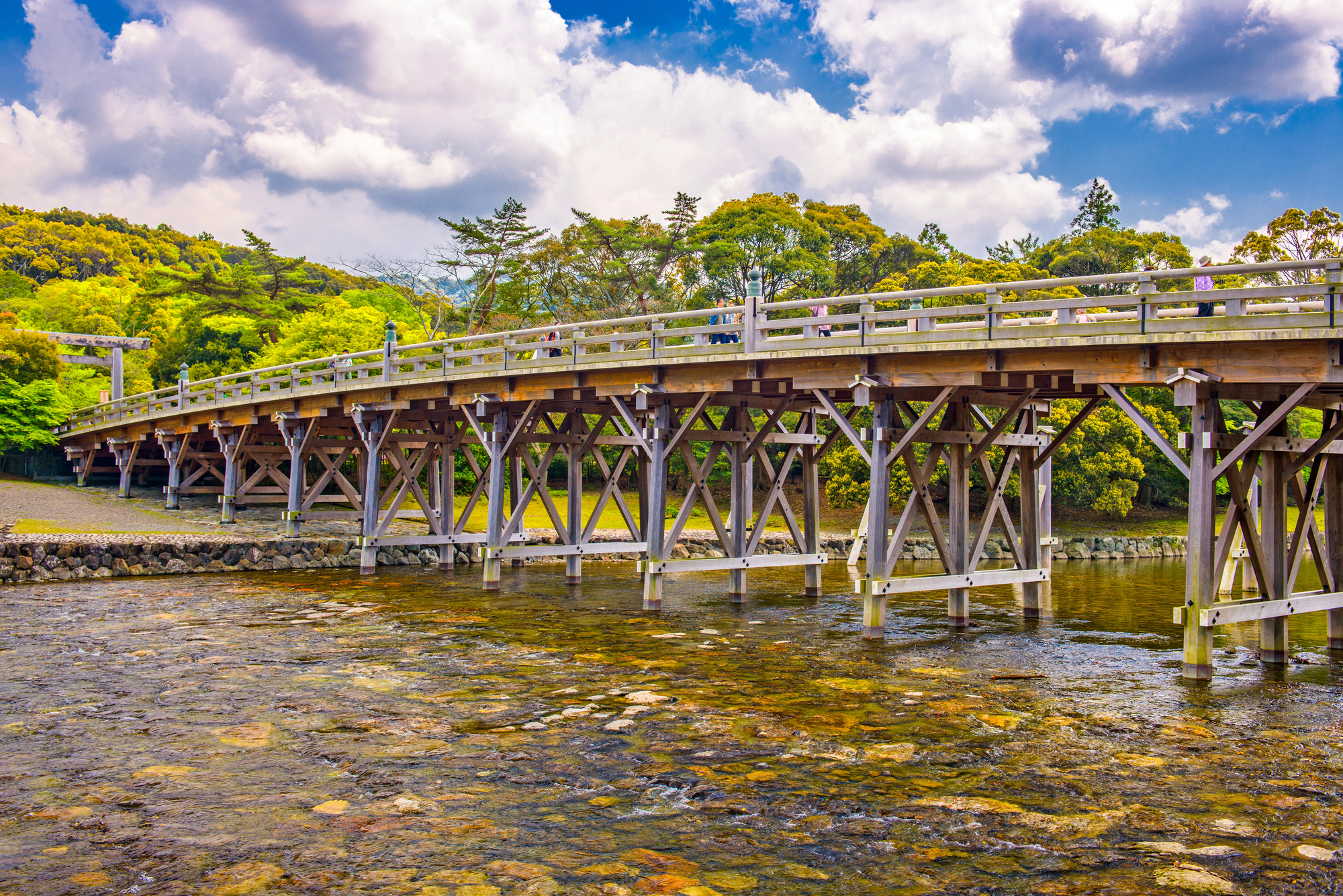
The most sacred Shinto site in Japan houses the imperial family’s ancestral shrine, rebuilt every 20 years according to ancient traditions dating back to the 7th century. The town surrounding the shrine complex maintains a traditional atmosphere with shops selling local specialties like freshwater pearls and wooden crafts.
The nearby Wedded Rocks (Meoto Iwa) represent divine marriage with two formations joined by a sacred rope, perfectly framing the sunrise during summer months.
Matsumoto
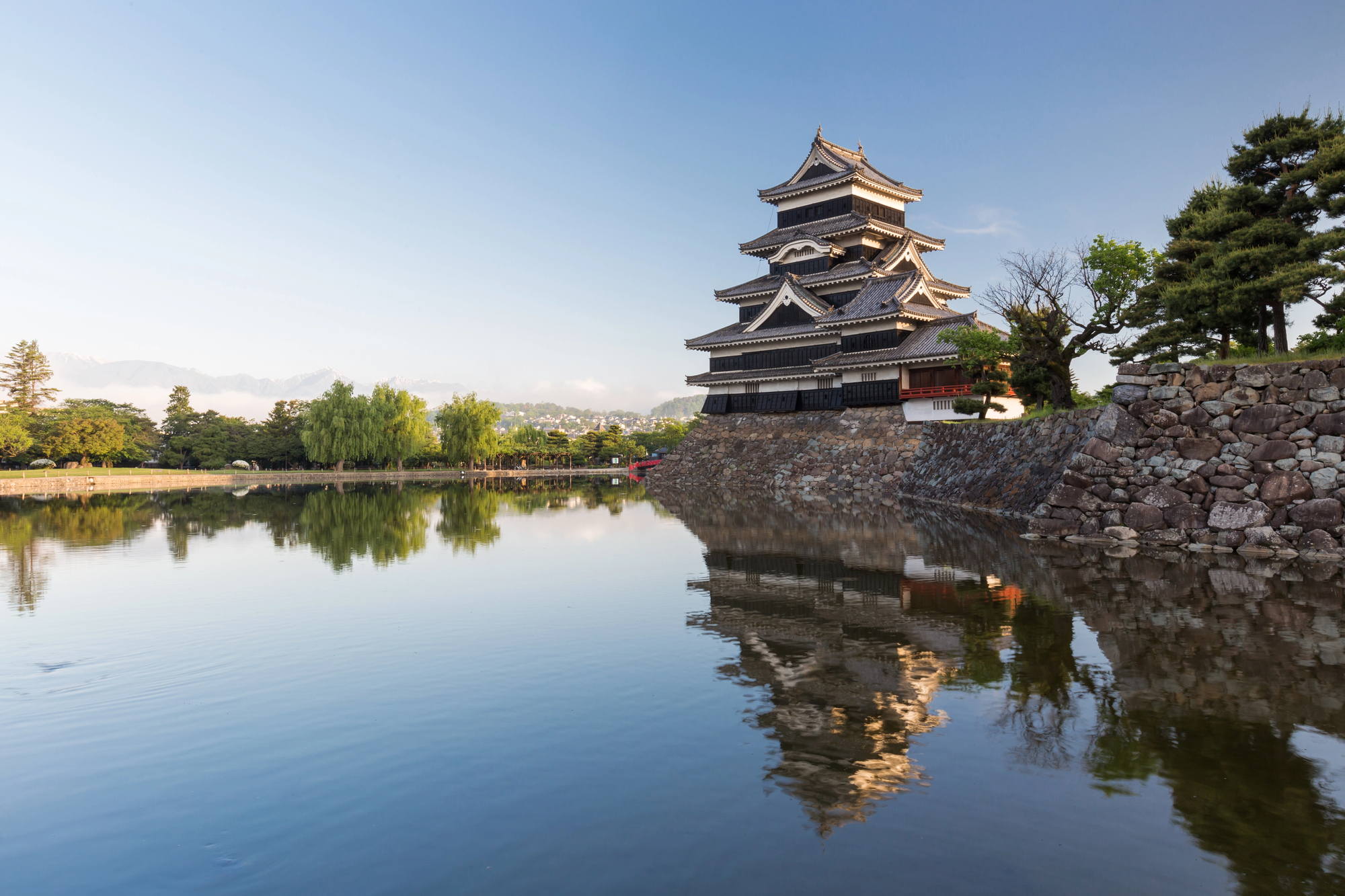
Dominated by one of Japan’s few original castles to survive the feudal era, this alpine city offers perfect mountain scenery alongside preserved samurai districts. The striking black and white castle known as ‘Crow Castle’ features the oldest surviving keep in Japan, offering views across the city to the Japanese Alps from its upper floors.
The surrounding region produces excellent wasabi, grown in special gravel beds with constantly flowing mountain water—a cultivation method used nowhere else in the world.
Like Travel Pug’s content? Follow us on MSN.
Beyond the Expected
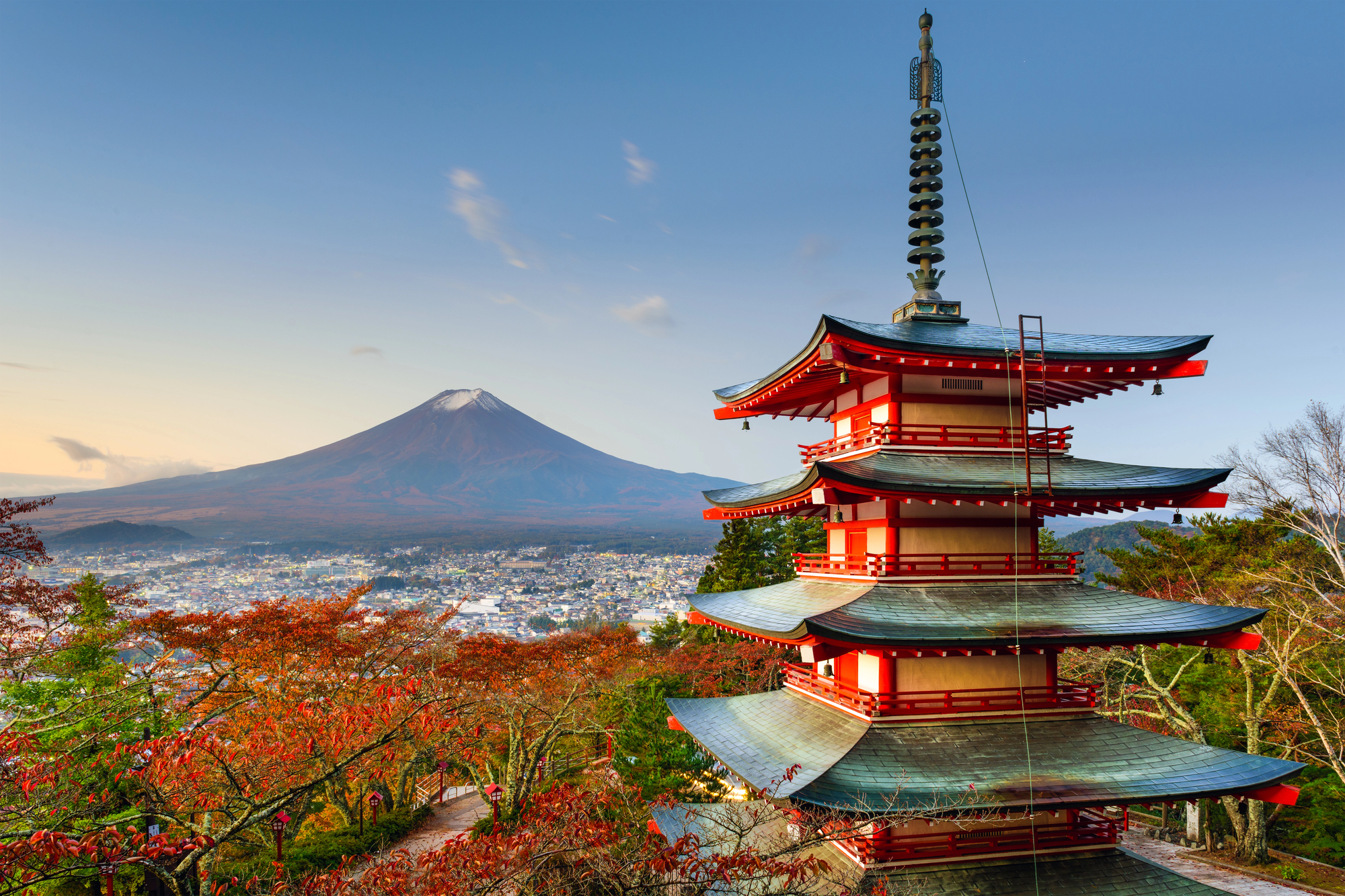
Japan rewards curious travelers willing to venture beyond familiar destinations with experiences impossible to find in Tokyo alone. Each region maintains distinct culinary traditions, local crafts, dialects, and even architectural styles that reflect Japan’s remarkable cultural depth.
This geographic diversity means you could spend a lifetime exploring the country and continually discover new perspectives on Japanese identity and tradition.
More from Travel Pug

- Cities Growing so Fast You Won’t Recognize Them in 10 Years
- 13 Destinations Where Tourists Regularly Regret Their Trip
- 20 Obscure WWII Sites Even History Buffs Don’t Know About
- 10 Under-the-Radar Mountain Towns That Are Both Affordable and Beautiful
- 20 Abandoned Places That Feel Like Real-Life Post-Apocalyptic Movie Sets
Like Travel Pug’s content? Follow us on MSN.
